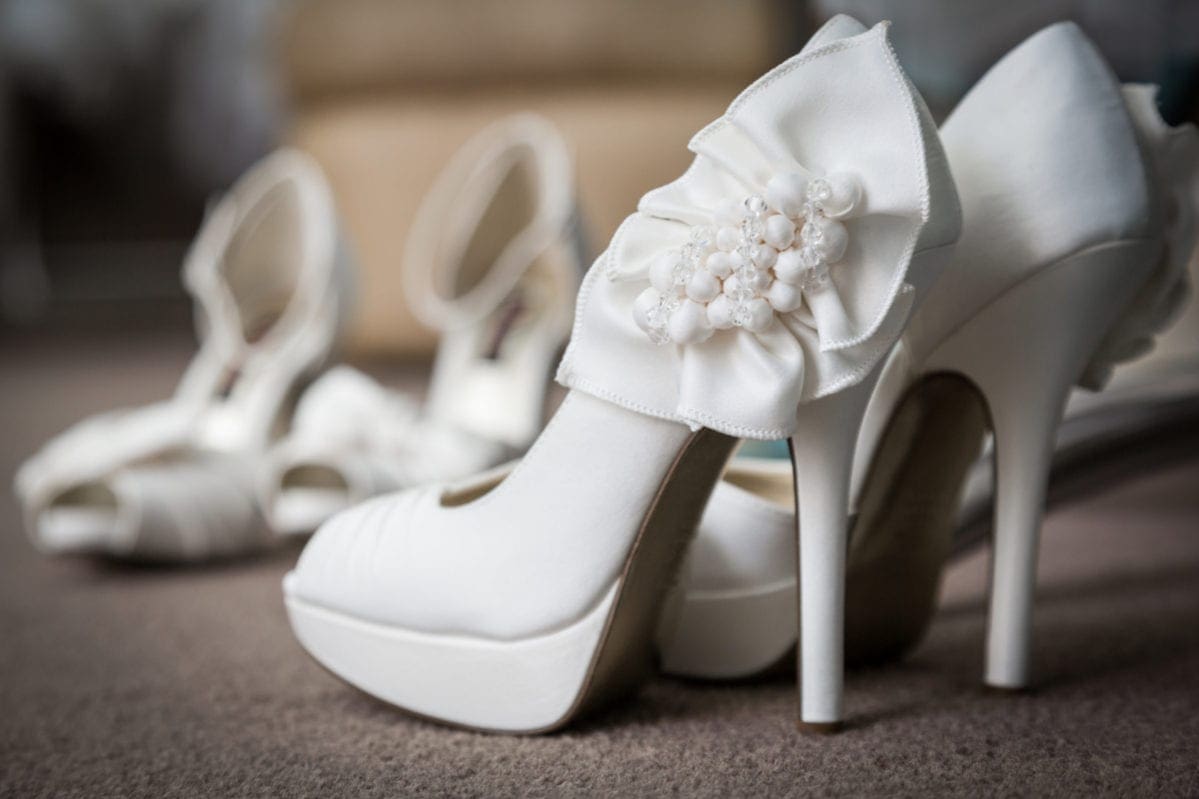
The law on marriage and gender
As we all know, marriages between same-sex couples have been legal since March 2014. Prior to that, the law specifically stated that a marriage between parties who were not respectively male and female was void.
But what if a woman underwent gender reassignment surgery, transitioning from female to male, and then, prior to March 2014, entered into a marriage with a woman? Surely then the marriage was valid? After all, since 2005 the law has recognised that a person could change gender, and therefore the parties were, as a matter of law, respectively male and female.
The recent High Court case P (Transgender Applicant for Declaration of Valid Marriage) demonstrates that it is not quite as simple as that. It also acts as a warning generally that the provisions of the law must be complied with, even if you are not aware of them.
The facts of the case can be very shortly stated. In 1990 the applicant (‘AP’), then 34 years old, underwent gender reassignment surgery, transitioning from a woman to a man. On Valentine’s Day in 2009 he married a woman, ‘JP’. Unfortunately, at the time of the marriage, AP had not obtained a Gender Recognition Certificate (‘GRC’), and his birth certificate had not been changed, showing him still as a female.
In 2017, AP contacted the Department for Work and Pensions, raising queries about his pension entitlement. He was advised that his marital status could not be recognised. Despite a letter from AP’s general practitioner in 1990 confirming that AP had “now had surgery and other treatment for gender reassignment”, he was still legally female and was so at the time he purported to enter into the marriage with JP.
AP, therefore, applied to the court for a declaration that the marriage was valid. The application was heard by Mr Justice Cobb.
Gender recognition
Giving judgment Mr Justice Cobb set out in some detail the legal complexities surrounding the case. I will not go through them all here, but very briefly until 2005, the law stated that a person’s gender was fixed at birth. That was changed by the Gender Recognition Act 2004 (‘GRA’), which ultimately defined the sex of transgender people as whatever is on their birth certificate, until such point as a GRC amends the birth certificate.
So clearly the acquisition of a GRC is key. But how is it obtained? Section 1 of the GRA explains. An adult may apply for a GRC on the basis of living in the other gender or having changed gender under the law of a country or territory outside the United Kingdom. The application is determined by a Gender Recognition Panel, which must grant the GRC if it is satisfied that the applicant has or has had gender dysphoria, has lived in the acquired gender throughout the period of two years ending with the date on which the application is made, intends to continue to live in the acquired gender until death, and complies with the requirements imposed by and under section 3, including furnishing the Panel with a report from two medical practitioners or from a medical practitioner and a psychologist.
Marriage void
OK, that’s as far as I need to go for the purposes of this post (although Mr Justice Cobb goes much further). I’m sure the reader can see where this is going. Despite the fact that it was not possible for AP to obtain a GRC at the time of his gender reassignment in 1990, and despite the fact that AP was not told before the marriage that other documentation was required to prove his gender, the law is clear, and Mr Justice Cobb reached the following conclusions:
In the absence of a GRC, under domestic law, AP’s legal sex is and always has been female.
As such, domestic law regards the marriage entered into by AP and JP in 2009 as having been contracted by two legal women.
At the relevant time, a marriage between two persons of the same sex was void at its inception, and the Court does not have the power to make the declaration sought.
The legalisation of same-sex marriage did not alter that position, as it does not have retrospective effect.
The position in domestic law is not altered by human rights considerations.
Accordingly, the marriage was void.
There is one other important point. AP and JP indicated that they wish to apply to have the marriage annulled. However, this may not be possible, as the law no longer states that a marriage between parties who are not respectively male and female is void (that provision obviously went when same-sex marriage was introduced). As Mr Justice Cobb indicated, this situation may raise human rights issues.
The full judgment can be found here.
Get in touch
You can make a confidential enquiry to our Client Care Team who will put you in touch with one of our specialist divorce lawyers here.
Source: Relationships - stowefamilylaw.co.uk



